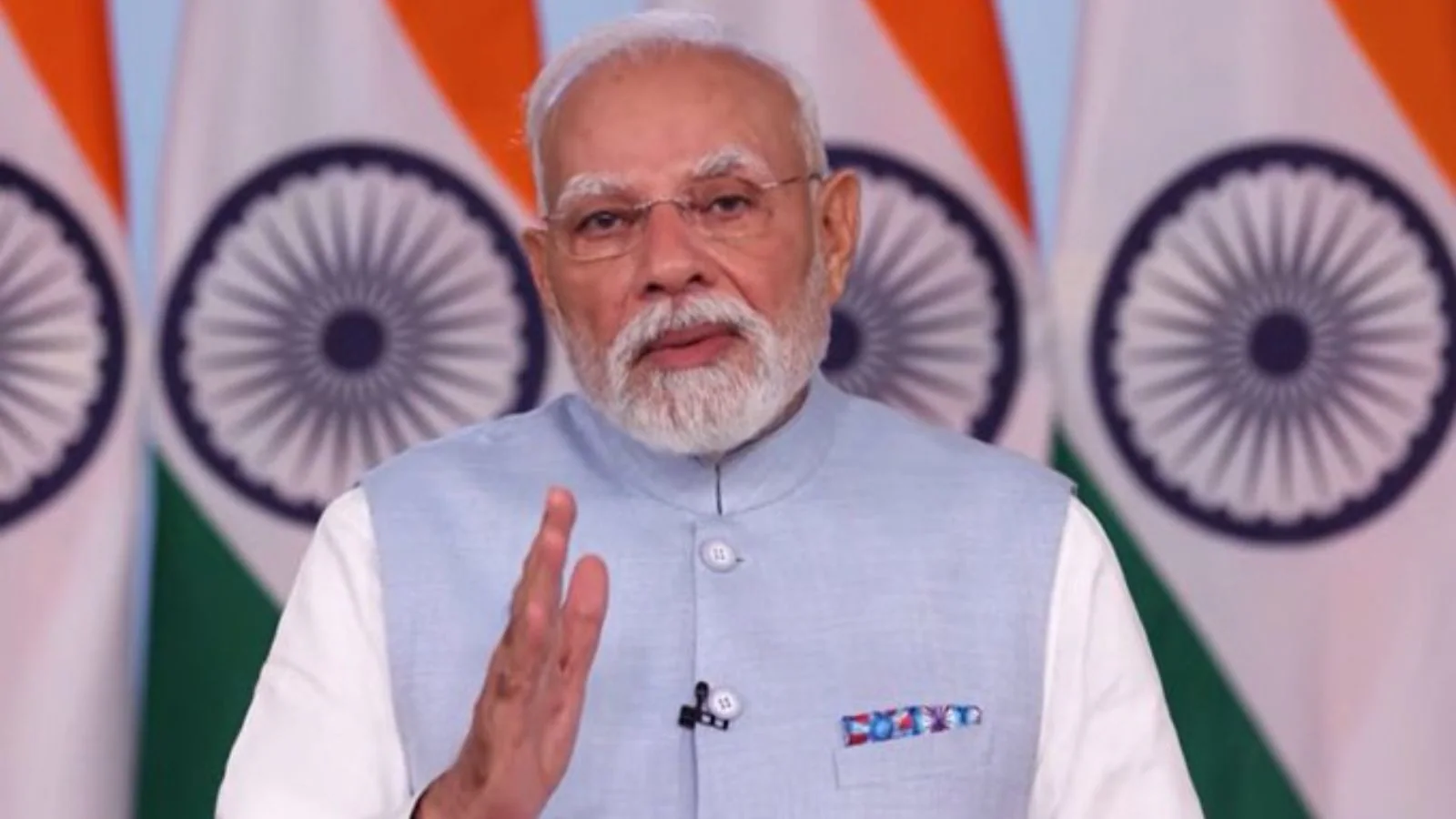By News18,Raju Bista
Copyright news18

Under the leadership of Prime Minister Narendra Modi, and Finance Minister Nirmala Sitharaman, our government is working to simplify India’s tax system. Due emphasis has been given towards the reduction of financial burden on our citizens, creating a positive regulatory environment that will boost ease of doing business, and attracting foreign direct investments into the country.
The Next Generation Goods and Services Tax (GST) reforms are a part of the tax reform process, which has also seen the introduction of a new Income Tax Act (2025).
The focus of these reforms is on three major areas – clarity, efficiency, and ease of use. Putting more money in the hands of individuals and families, making the entire taxation process transparent, removing archaic and ambiguous terms, improvement in tax filing and collection processes, ease of use for the citizens and businesses, and ensuring the removal of “red tapism” have been some of the hallmarks of these reforms.
Next-Gen GST Reforms
On Independence Day 2025, PM Modi had announced major reforms in the GST regime, which is effective from today, September 22, 2025.
The new ‘Simple Tax’ structure reduces tax rates from existing five slabs to three slabs, eliminating the 12% and 28% slabs altogether:
Merit Rate of 5% for essentials
Standard Rate of 18% for most items
De-merit Rate of 40% for select sin goods
With these rates, the nil/exempt categories have been expanded substantially, including for daily essentials, consumer electronics, life-saving items, insurance, agricultural inputs, automobiles and other related sectors.
For the overall economy, this is a game-changer. Lower taxes on household goods will put more money in the pockets of our citizens, and supercharge domestic consumption. Increased liquidity will drive demand across sectors, leading to higher production and increased manufacturing. An increase in production and consumption will result in increased job creation and employment opportunities. This will create a positive trickle-down impact on the entire economy.
Expected Impacts
Reduction of GST on daily essentials, consumer electronic sectors, and automobiles will directly benefit middle-class families. Liquidity in the hands of families will increase, and could translate to an average Rs 5,000 per month additional goods being bought from the market. This will potentially add 1-2% to GDP via multipliers.
For the agricultural sector, reduction of GST on essential machinery like tractors and harvesting tools, micronutrients, irrigation and sprinkler systems and more will further empower our farming communities. Together, this is expected to boost farmer incomes by 7-13%, aiding 12 crore farmers and rural productivity.
Reduction of GST on life-saving medicines and medical devices, will greatly improve access to affordable healthcare. The removal of GST on life and health insurance policies, will make insurance more accessible and affordable for families. This has the potential to raise insurance penetration from less than 20% currently, to over 50% in the near future, saving households Rs 10,000-20,000 annually. Health-related out-of-pocket expenses, which account for roughly 55% of health spend, will be reduced for all families. More importantly, higher de-merit taxes will promote reduction in consumption of cigarettes, gutka etc., and contribute towards improving overall wellness.
Manufacturing will thrive with reduced compliance costs, lowered supply chain costs, and logistics savings of up to 20%. ‘Make in India’ will become even more competitive on the global stage. Exports will get a further boost, and this will help Indian goods penetrate international markets. Lowered GST will also offset global tariff challenges at a time when we are aiming for a US$ 1-trillion export target. These reforms will act as the catalyst that propels India towards a US$ 5-trillion economy by 2027.
Impact On Our Region
In Darjeeling hills, Terai, and Dooars, North Bengal and North East regions, these reforms will ignite prosperity in key sectors.
In tourism, the reduction of GST on hotel stays under ₹7500 to just 5% will make stays more affordable, resulting in increased domestic tourist footfalls. In our region, hotel and hospitality will see a surge in occupancy, especially for small and mid-sized properties, from boutique stays in Darjeeling and Kalimpong, to resorts in Siliguri, Jalpaiguri, and Alipurduar. This will help in the resurgence of the tourism industry in our region.
The service sector, which includes guides, transport, and adventure activities, will gain from seamless input tax credits. It will lower overall costs, and provide further boost to encouraging eco-tourism initiatives in the hills.
The tea industry is the lifeblood of Darjeeling hills, Terai, Dooars and Assam. It will greatly benefit from lower input taxes on packaging and essential machinery. This will ease the costs for both big companies and small-scale tea growers by around 10-15%. Lowered exports tax will enable competitive pricing for world-famous Darjeeling and Assam teas in export markets.
Reductions on agricultural inputs will boost farmer incomes by 7-13%. From pineapple farmers in Phansidewa to banana farmers in Cooch Behar, orange and cardamom farmers in Darjeeling, to flower nurseries and coffee growers in Kalimpong, rice and potato farmers in Dooars to small tea growers in Darjeeling and Assam, all will benefit.
GST on commercial goods vehicles (trucks, delivery vans) has been cut from 28% to 18%. This will lower freight and logistics costs, thus benefiting MSME truck owners. Lowered GST on vehicles and buses (10+ seats) will reduce costs for tourism fleet operators, schools etc. It will also help in lowering the fare for daily transportation.
In terms of trade and business, lowered GST will reduce cascading taxes, and local supply chains will get a boost. Spices, fruits, handloom and handicrafts, and the MSME sector will benefit.
Lowering of slab on life-saving drugs and raw materials, will help streamline exports to neighbouring countries. This will position states like Sikkim as a pharma gateway to the East.
The lowering of GST on all MSME sectors from 18% to 5% will have a positive impact on multiple sectors such as garments, toys, handicrafts, leather, and food production. This will help enhance employment opportunities, which will benefit over 11 crore MSME employees.
Overall, these reforms will make our economy more robust, dynamic and resilient.
I thank PM Modi ji and Finance Minister Nirmala Sitharaman ji for these much-needed reforms. It has energised our economy, and we are looking forward to reporting 8-10% GDP growth in the coming days.
Raju Bista is the Member of Parliament (LS) from Darjeeling, and National Spokesperson, BJP. Views expressed in the above piece are personal and solely that of the author. They do not necessarily reflect News18’s views.



